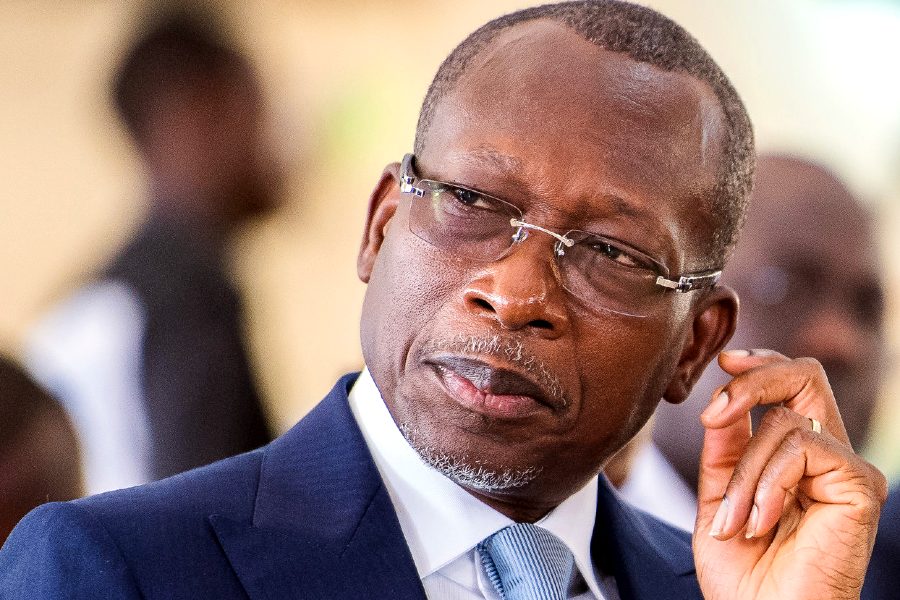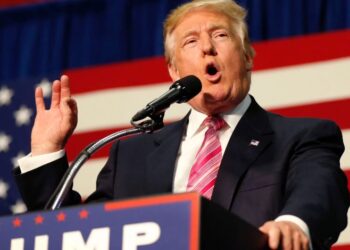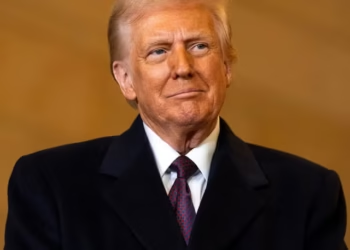
As President Patrice Talon nears the end of his second term, Benin finds itself at a unique crossroads — reflecting on a decade of bold economic reform that has transformed the country’s trajectory and caught the eye of regional and international observers alike.
When Talon took office in 2016, Benin was economically stagnant: high deficits, low investor confidence, and an over-reliance on cotton and trade with Nigeria. His administration quickly pivoted to a reform-driven model, underpinned by fiscal discipline, diversification, and a pro-business approach.
A Reform Agenda With Teeth
From simplifying business registration and fighting corruption to restructuring public finance and formalising the informal sector, Talon’s policies weren’t just about plugging holes — they were about rebuilding from the ground up. Key milestones included:
-
GDP growth rising from 3.3% in 2016 to 7.5% in 2024
-
Inflation stabilized at 2.2%
-
Public debt projected at 52.4% of GDP, well below the ECOWAS threshold
-
Budget deficit reduced from 6% (2015) to 2.9% (projected 2025)
-
Tax-to-GDP ratio increased from 13% to 15.5%
At the heart of these gains was a shift away from dependency on aid and toward private investment, supported by improved governance and smarter revenue mobilisation.
A Model of Fiscal Discipline
International credit agencies have taken note. In 2024, S&P upgraded Benin’s credit rating, followed by Fitch affirming its B+ outlook. In January 2025, the country raised €1 billion in a dual-currency operation that was heavily oversubscribed — a sign of strong investor confidence.
The architect of this financial strategy? Romuald Wadagni, Minister of Economy and Finance, hailed as Africa’s top finance minister in 2024.
Real Economy, Real Impact
But Talon’s vision wasn’t just about numbers. His PAG (Government Action Programmes) launched two waves of structural investment — ₣9 trillion (2016–2021) and ₣12 trillion (2021–2026) — channelled into infrastructure, healthcare, education, and rural development.
Benin’s Glo-Djigbé Industrial Zone is a shining example of this shift. Since 2021, it’s attracted investors from Asia, Europe, and the Middle East, created over 14,000 jobs, and helped move Benin up the value chain — from raw material exporter to processor and manufacturer.
Green Finance and Inclusive Growth
Benin isn’t just thinking industrial — it’s thinking sustainable. It launched a national framework for sustainable finance and is preparing to open a Green Bank in partnership with the African Development Bank. A climate finance deal with Norway signed at COP29 shows its growing credibility in global green policy circles.
On the social front, public investment has improved:
-
Electricity access (69% urban, 36% rural)
-
Drinking water availability
-
Healthcare and education, including free schooling for girls through junior secondary
A Beninese Model?
Talon’s decade has laid the groundwork for what some are calling a “Beninese model” — one built not on flashy rhetoric, but on technocratic leadership, private-sector partnerships, and long-term planning. It offers a compelling counter-narrative to the extractive, aid-dependent economies that still define much of the continent.
What Comes Next?
With elections on the horizon, a crucial question looms: Will Talon’s legacy be sustained or reversed? His model has proven results — but continuity will depend on who takes the baton.
Regardless of who leads next, one thing is clear: Benin is no longer just surviving — it’s planning, building, and transforming.



















